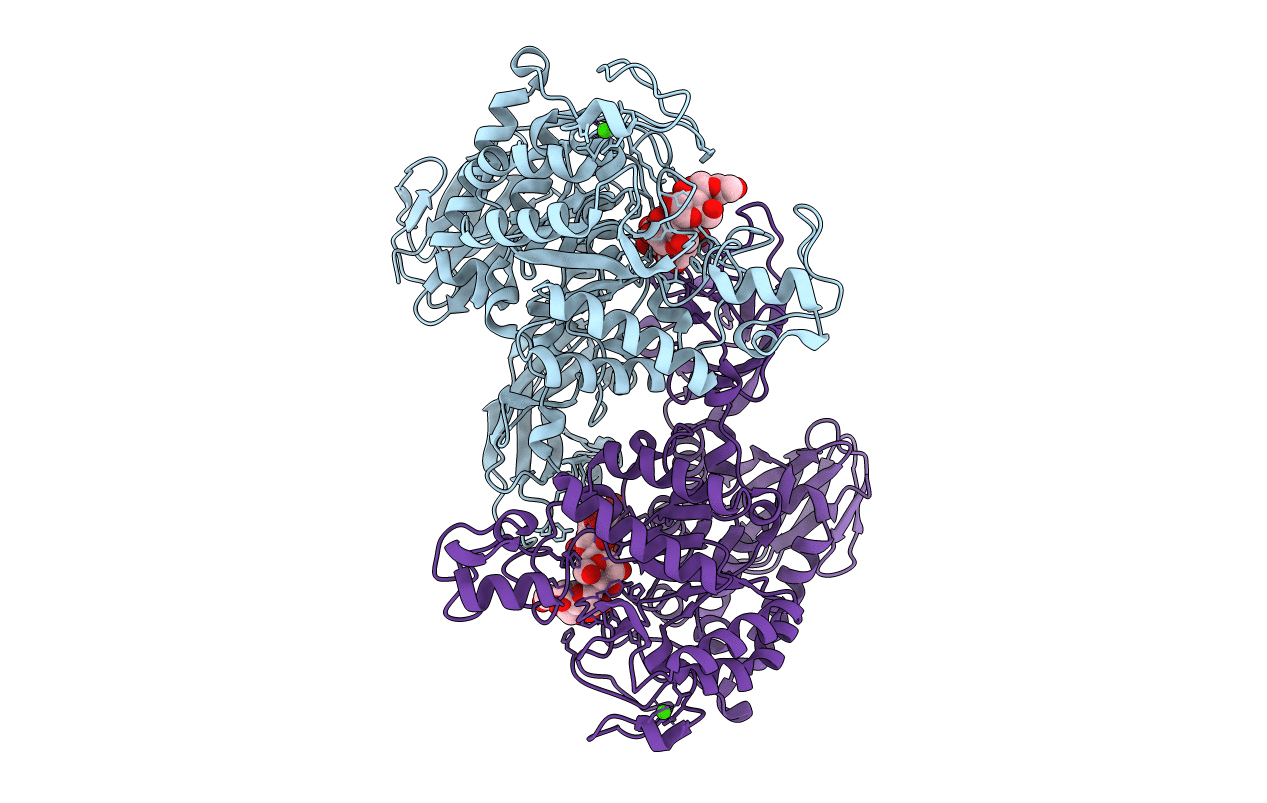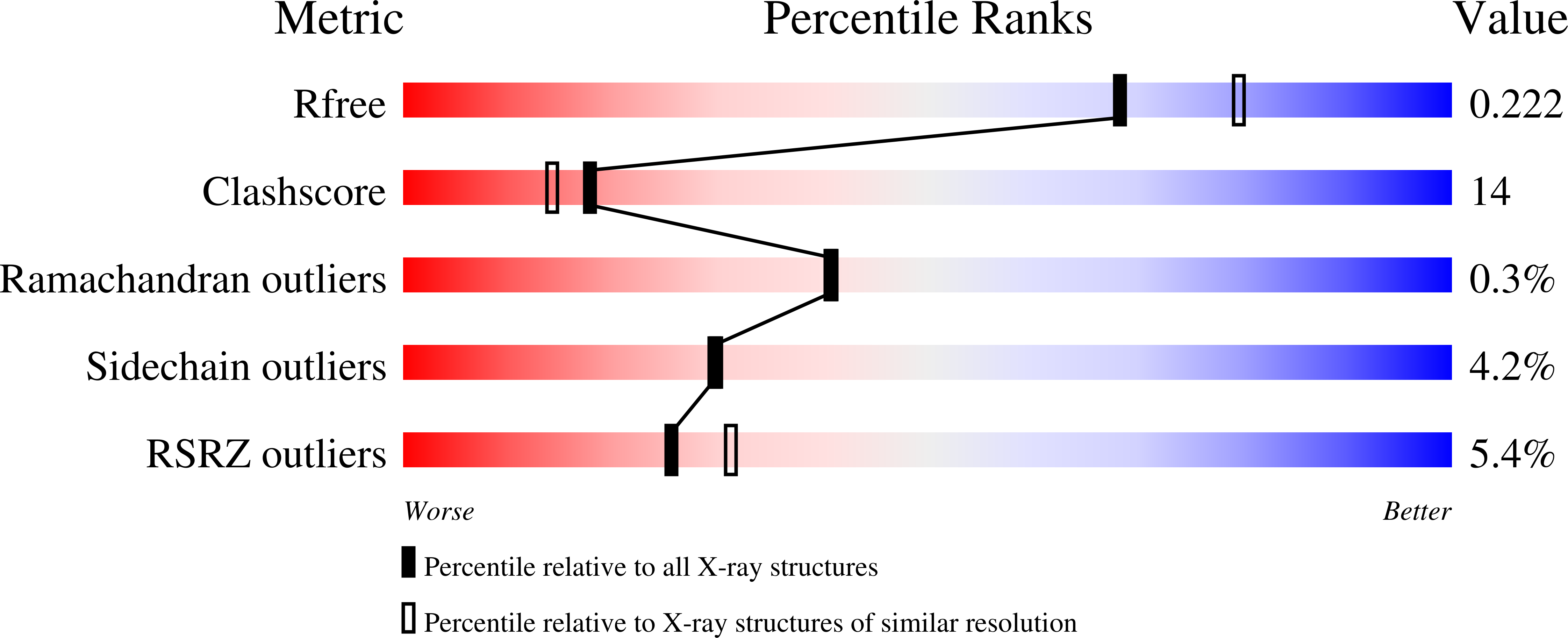
Deposition Date
2005-09-13
Release Date
2006-08-29
Last Version Date
2024-05-29
Entry Detail
PDB ID:
2D2O
Keywords:
Title:
Structure of a complex of Thermoactinomyces vulgaris R-47 alpha-amylase 2 with maltohexaose demonstrates the important role of aromatic residues at the reducing end of the substrate binding cleft
Biological Source:
Source Organism:
Thermoactinomyces vulgaris (Taxon ID: 2026)
Host Organism:
Method Details:
Experimental Method:
Resolution:
2.10 Å
R-Value Free:
0.21
R-Value Work:
0.18
R-Value Observed:
0.18
Space Group:
P 21 21 21


